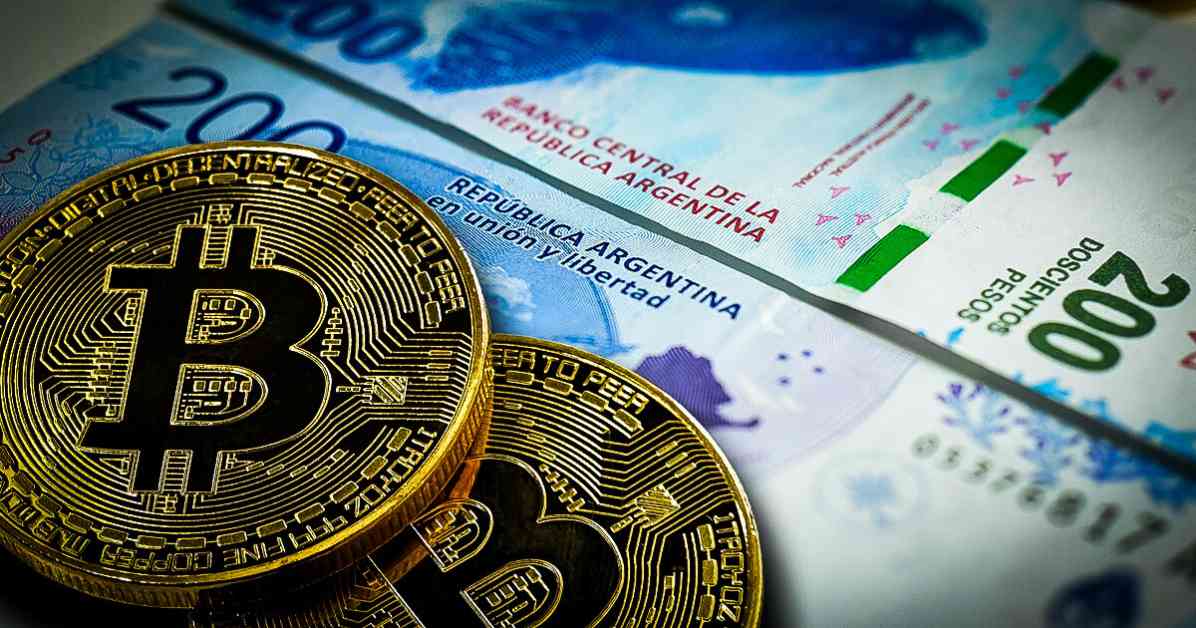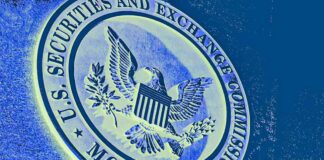Stablecoin usage in Latin America has been on the rise as the region grapples with high inflation and economic instability. According to Chainalysis’ global adoption report, stablecoins like USDT have become essential financial tools for many Latin Americans as they seek to protect their savings from currency devaluation.
Between July 2023 and June 2024, Latin America received a total of nearly $415 billion in crypto, with Argentina and Brazil leading the way in crypto value received. Argentina, in particular, has seen a significant increase in stablecoin usage, with trading volumes spiking after key economic events such as the devaluation of the Argentine peso by 50%.
Stablecoins have provided a lifeline for citizens in countries like Argentina, where inflation reached 143% in 2023. With the local currency losing its value rapidly, many people have turned to stablecoins as a safe haven for their savings. In fact, stablecoin trading volumes in Argentina have exceeded $10 million after significant economic shocks.
Brazil, on the other hand, has experienced a resurgence in institutional crypto activity, with a notable increase in high-value transactions between the last two quarters of 2023. The approval of Bitcoin and Ethereum ETFs by the SEC in January has sparked interest among institutional investors, leading to a boost in institutional-sized transactions in the country.
Global players like Circle have also entered the Brazilian market, launching their USDC stablecoin in the country in May. This increased interest in stablecoins and digital assets is further supported by Brazil’s progressive regulatory environment, with initiatives like the Drex pilot program drawing global attention.
As Latin America’s crypto markets continue to evolve, stablecoins are set to play a crucial role in providing financial stability, especially in countries facing inflation and currency devaluation. The adoption of stablecoins in the region is a clear indication of the growing importance of digital assets in mitigating economic uncertainties and safeguarding wealth.














